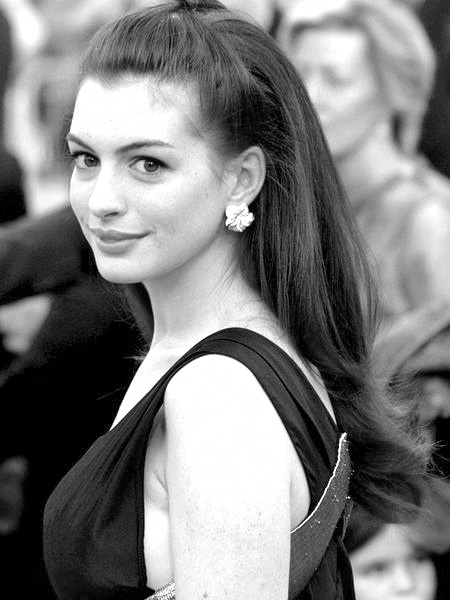
Gabrielle Wollinski ’16 and Monica Herzog ’13 perform during the “Vagina Monologues.”
A Seat at the Vagina Party
Morgan Slade
The “Vagina Monologues” attracted a large crowd of both students and faculty to the Harvey M. Powers Theatre this past weekend. The monologues, written by Tony Award winning playwright Eve Ensler covered a variety of topics relating to … well, the vagina!
There was a humorous rant about pubic hair, an account of a girl in search of her sexuality (appropriately named “The Little Coochi Snorcher That Could”) and even a lengthy re-enactment and description of the different varieties of female orgasms, noises and all. While many of these monologues elicited large roars of laughter from the audience, the performance also touched on many topics more difficult to swallow.
The discussion of rape, incest and genital mutilation provided a stark contrast to the more light-hearted accounts, prompting the audience to think about how an organ so associated with pleasure can be linked to such grotesque and violent acts.
It is this contrast that links the “Vagina Monologues” to the greater movement of V-Day, whose mission is to “promote … creative events to increase awareness, raise funds and revitalize the spirit of existing anti-violence organizations.” The actresses within the University production of the “Vagina Monologues” are among thousands of women around the world who dedicated their time and effort to this international cause.
As an audience member at this public performance, I couldn’t help but relate what I saw on stage to the artwork of Judy Chicago. Chicago, a pioneer of the feminist movement of the 1970s, is most known for her installation “The Dinner Party.”
On permanent display at the Brooklyn Museum in Brooklyn, N.Y., this work is a large, triangular table measuring 48 feet on each leg. Spanning the perimeter is a series of 39 place settings, each commemorating a different woman in history. Also included in this installation is the presence of an additional 999 names of important female figures along the floor.
The message behind this piece involves the importance of providing women a “seat at the table.” In other words, Chicago creates this exaggerated representation of a dinner scene in order to provide women a place in the history of the arts. In a way, the “Vagina Monologues” serves a similar purpose but is adapted to the more modern feminist discourse of sexuality.
Bringing these taboo subjects onto the stage, screaming the words “vagina” and “cunt” and drawing attention to the violent acts against women is comparable to the work of Judy Chicago. The actresses who had the courage to act out and discuss these sometimes embarrassing and difficult subjects are, in effect, making a place for these victims at the dinner party.













